Perlite- a Debate(Calling AL)
teengardener1888
9 years ago
Related Stories

Houzz Call: Show Us Your Paint Makeovers
Let your newly repainted house or room do the "How d'ya like me now?" strut right here — it might just be featured in an upcoming ideabook
Full Story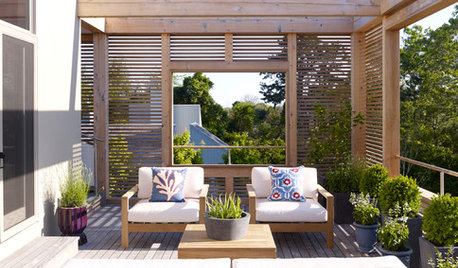
GARDENING AND LANDSCAPINGWhat to Know Before You Buy Teak Outdoor Furniture
Learn about finishes, weathering, care and that age-old oil debate to get the teak furnishings that suit you best
Full Story
KITCHEN CABINETSKitchen Cabinet Color: Should You Paint or Stain?
Learn about durability, looks, cost and more for wooden cabinet finishes to make the right choice for your kitchen
Full Story
APARTMENTSHouzz Tour: Personalizing a Miami Bachelor Pad
Meaningful artwork and other taste-specific touches make for a masculine home that happily fits the owner
Full Story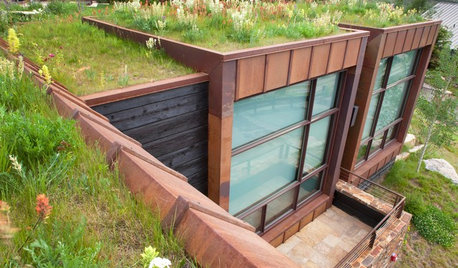
GREEN BUILDING6 Green-Roof Myths, Busted
Leaky, costly, a pain to maintain ... nope, nope and nope. Get the truth about living roofs and see examples from simple to elaborate
Full Story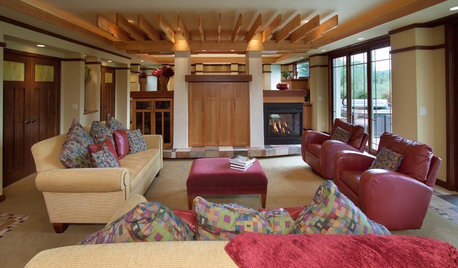
BEFORE AND AFTERSBasement of the Week: Surprises Around Every Corner
With a secret door, games galore and walk-out access to the yard, this Prairie-style basement in Minneapolis never fails to entertain
Full Story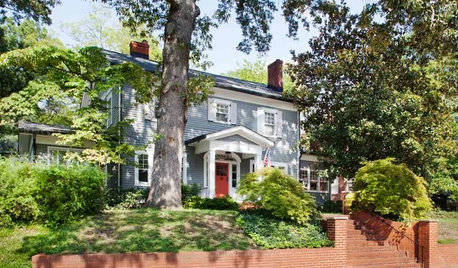
HOUZZ TOURSHouzz Tour: Whole-House Remodeling Suits a Historic Colonial
Extensive renovations, including additions, update a 1918 Georgia home for modern life while respecting its history
Full Story
CONTRACTOR TIPSBuilding Permits: What to Know About Green Building and Energy Codes
In Part 4 of our series examining the residential permit process, we review typical green building and energy code requirements
Full Story
REMODELING GUIDESCool Your House (and Costs) With the Right Insulation
Insulation offers one of the best paybacks on your investment in your house. Here are some types to discuss with your contractor
Full Story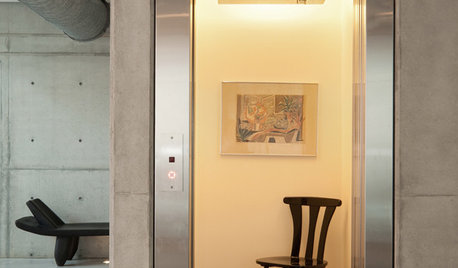
REMODELING GUIDESHome Elevators: A Rising Trend
The increasing popularity of aging in place and universal design are giving home elevators a boost, spurring innovation and lower cost
Full StoryMore Discussions









greenman28 NorCal 7b/8a
tapla (mid-Michigan, USDA z5b-6a)
Related Professionals
West Milford Landscape Architects & Landscape Designers · Forest Acres Landscape Architects & Landscape Designers · Kyle Landscape Architects & Landscape Designers · Barrington Landscape Contractors · Brunswick Landscape Contractors · Chesapeake Ranch Estates Landscape Contractors · Concord Landscape Contractors · Ellensburg Landscape Contractors · Goodlettsville Landscape Contractors · Hayward Landscape Contractors · Rancho Santa Margarita Landscape Contractors · South Lyon Landscape Contractors · White Bear Lake Landscape Contractors · Forest Hill Landscape Contractors · Westbury Interior Designers & Decoratorsfawnridge (Ricky)
kwie2011
tapla (mid-Michigan, USDA z5b-6a)